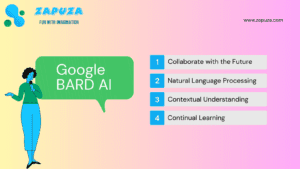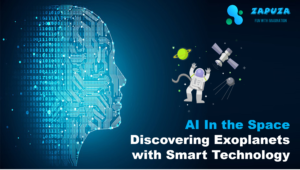When it comes to exploring space, navigating accurately is crucial for success. As India gears up for its next lunar mission, Chandrayaan-3, they are incorporating exciting advancements in artificial intelligence (AI) to enhance moon navigation. In this blog post, we’ll explore how AI is transforming Chandrayaan-3’s journey by making lunar exploration more precise and autonomous.
Why AI Matters for Moon Navigation?
Navigating the moon is challenging, with rough terrain and obstacles to overcome. AI is essential for Chandrayaan-3 because it helps address these challenges. By using AI, the mission can create detailed maps, detect and avoid obstacles, and make corrections to stay on the right path.
Creating Detailed Maps with AI
Accurate maps of the moon’s surface are crucial for safe navigation. Chandrayaan-3 uses AI algorithms to process data from sensors and generate high-resolution maps. These maps help the spacecraft navigate with precision, avoiding potential hazards.
Detecting and Avoiding Obstacles
The moon’s landscape is full of obstacles like rocks and craters. With AI, Chandrayaan-3 can detect these obstacles in real-time and automatically change its course to avoid them. This capability ensures the mission can maneuver safely through the lunar environment.
Detecting and Avoiding Obstacles
In space, staying on the right path is vital. AI enables Chandrayaan-3 to make autonomous course corrections by analyzing data from navigation sensors. This means the spacecraft can adjust its trajectory without human intervention, ensuring it stays on track towards its objectives.
Future Possibilities and Beyond Chandrayaan-3
The advancements in AI for lunar navigation have broader implications for future space exploration. Beyond Chandrayaan-3, AI could be used for longer missions, selecting landing sites, and utilizing lunar resources efficiently. These possibilities open up new horizons for exploring the moon and beyond.
Conclusion
Chandrayaan-3 is set to revolutionize moon navigation with the help of AI. By leveraging AI algorithms, the mission can create detailed maps, detect and avoid obstacles, and autonomously make course corrections. These advancements enhance the mission’s capabilities and pave the way for exciting discoveries. As Chandrayaan-3 embarks on its journey, we eagerly anticipate the valuable insights it will bring us about the moon, thanks to the remarkable AI technologies driving its navigation.









